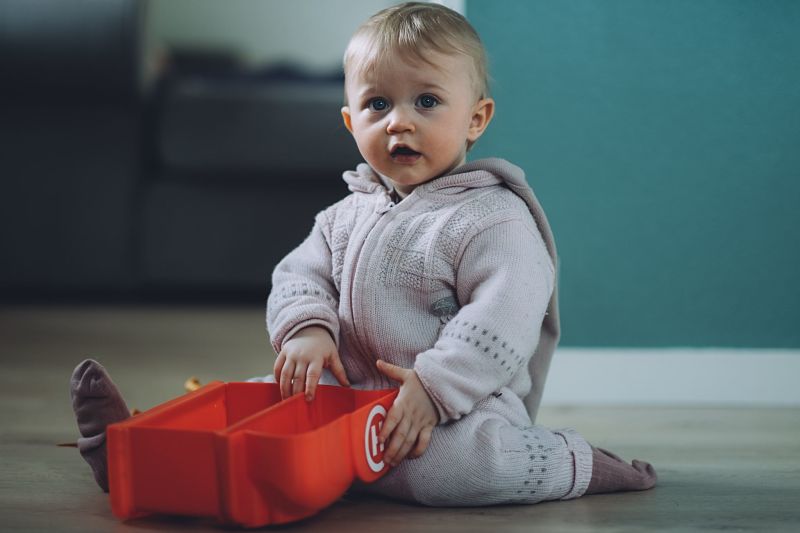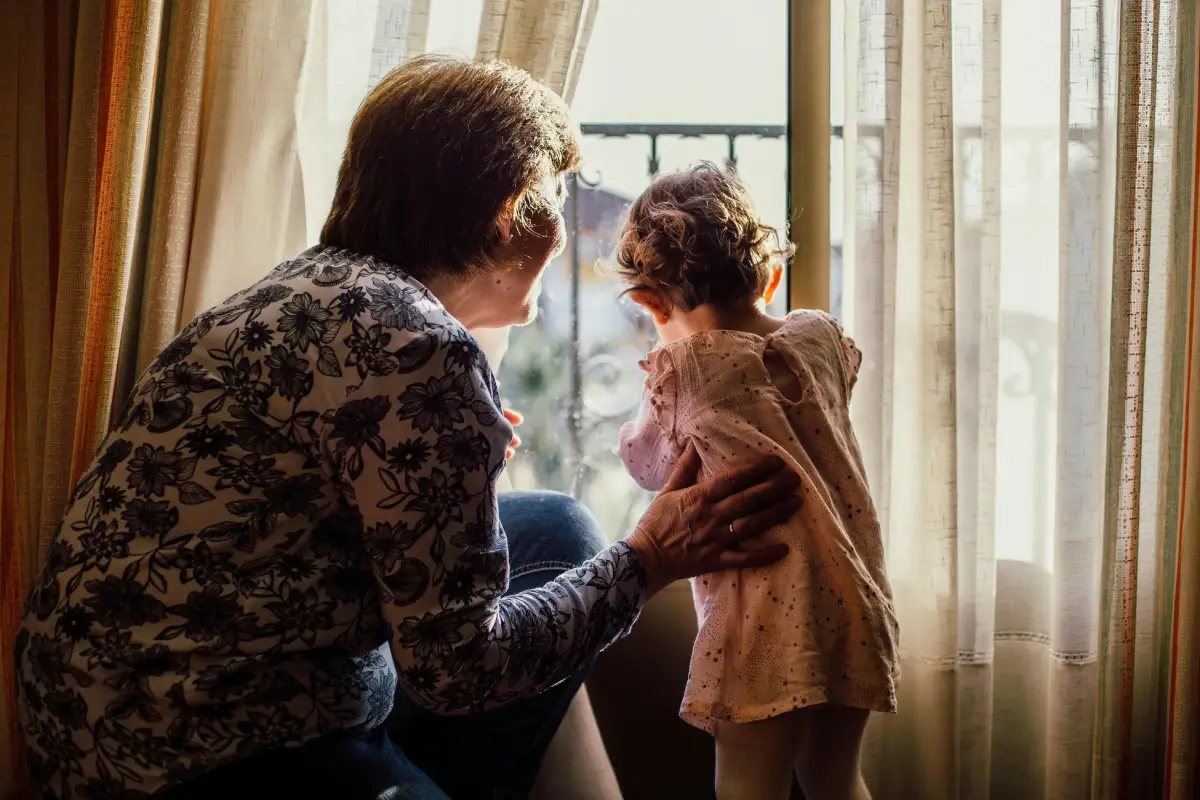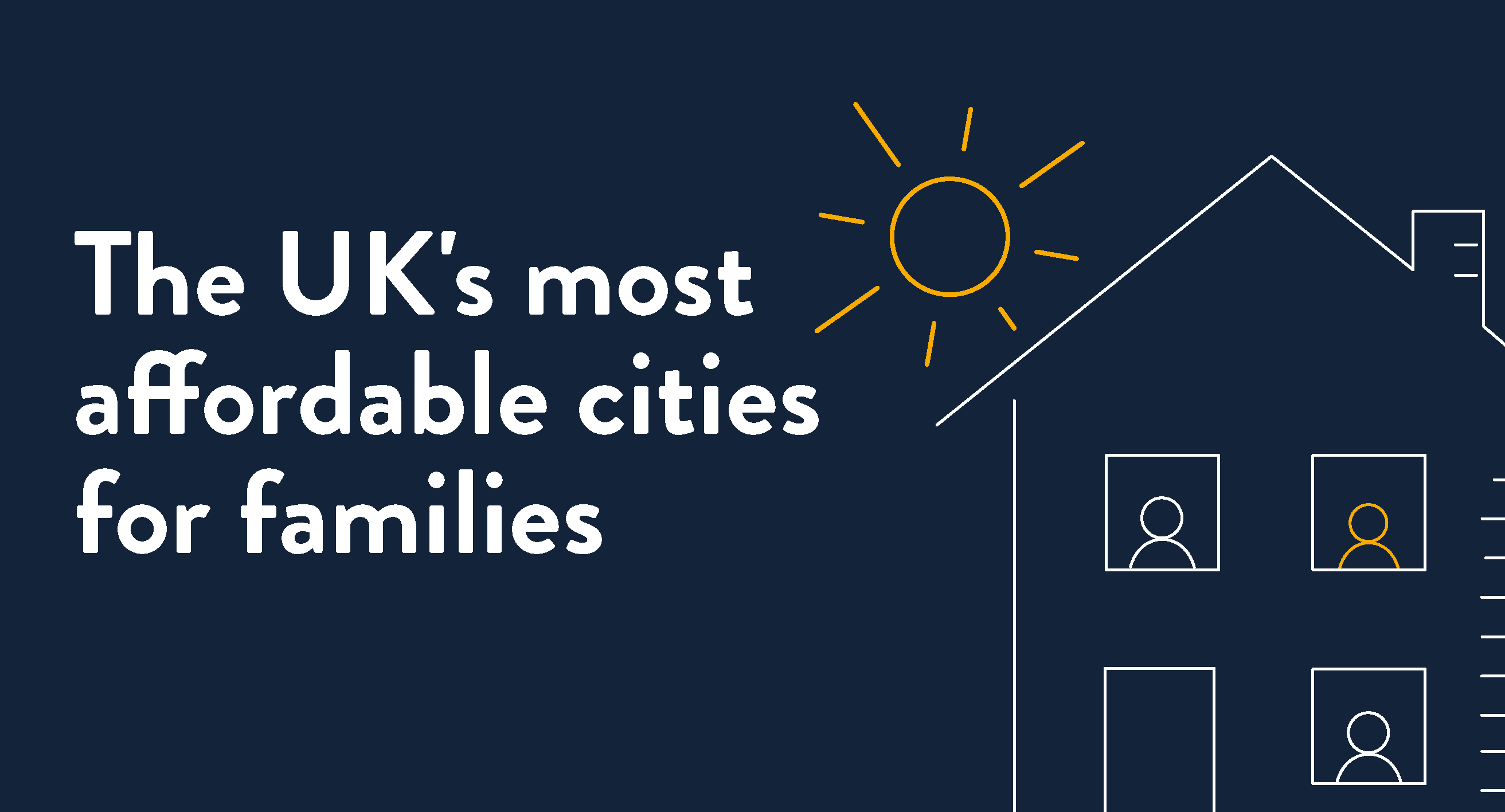
As the cold begins to bite, it becomes your mission to keep your baby warm. Babies struggle to regulate their own body temperature as easily as adults can. It can take some time for babies to become good at controlling their temperature. It is important to ensure that your baby is not too hot or too cold, until they are approximately 2-3 months of age. It’s therefore even more important to make sure you prevent your baby getting cold, but also don’t accidentally make them too warm either.
Here are our tips for keeping your baby warm through the winter months:
1. Bedtime temperatures
We particularly want to draw your attention to keeping your baby at the right temperature all throughout the night. Unfortunately, overheating is linked to sudden infant death syndrome (SIDS). Therefore, whilst keeping your baby warm, you need to ensure they don’t get too hot.
The best way to do this is to have a room thermometer and use layers. A baby’s room should be quite cool, between 16°C and 20°C. This may feel quite cool to you.
Then use night-time clothing and bedding layers according to the temperature. Don’t use a duvet for little ones as they can’t move it on or off as needed. Infant sleeping bags are ideal. Keep where they sleep away from nearby radiators or heat sources.
To test if your baby is warm enough whilst asleep, have a feel of the back of their neck. Ideally, you should reach in and feel their tummy but you may be wary of waking your slumbering baby. Don’t rely on touching their hands as it is quite normal for them to feel cold. It’s their core temperature which is important.
For more information about keeping your baby the right temperature at night, visit the NHS website.
2. Use layers outside too
Winter shouldn’t mean hibernating indoors. Winter walks and trips to park should still be possible. It’s all about being prepared.
Again, using layers is important. What your little one needs to wear when stationary in the buggy as you walk through the park is different from what they will need when they are on your lap in a coffee shop. Therefore be prepared for a lot of stuff!
Follow the basic rule of thumb that a small baby will need one more layer than you yourself are using. However, don’t forget that if you’re moving (e.g. pushing the stroller) and they aren’t, they will need still more.
This is when a snowsuit and a stroller foot muff are essential. Blankets can be too easily be kicked off. Snowsuits have the added benefit of a hood, which can be great for keeping a hat on, and providing an extra layer of warmth. Sheepskin liners can be perfect for all temperatures.
Do make winter you use a hat. Have a few different thicknesses on hand, and always have a spare in your changing bag.
Gloves, and even mittens, are tricky for tiny fingers. They also are one of the most constantly lost items! Therefore, have a spare pair of socks in the changing bag too. These can become makeshift mittens if need be.
3. Inside outside, inside outside
Unfortunately, there’s no avoiding the fact that in winter you will be spending a great deal of time changing your baby’s clothing and layers to suit the environment.
When you get in the car, they’ll need fewer layers. As you walk to playgroup they will need more. Then you’ll need to take them off when you head inside. Therefore choose easy to change clothes and layers.
Always have a blanket or two with you, should you need an interim layer between indoors and outdoors. This can also prevent you disturbing a slumbering baby in a bid to keep their temperature spot on.
4. Car seats and layers
It’s vital to remember that if your baby is layered up, you may not be able to fit their car seat harnesses properly. The bulky layers can prevent the straps from fitting snuggly.
Therefore, remove extra layers before strapping them in. You can always then pop a blanket over the top.
5. Fresh air is good
Fresh air is good for your baby, and good for your post-natal mental health.
Therefore, don’t be afraid to wrap up warm and get outside, even if only for a short whilst on the most bitter days.
6. What to do if your baby has got too cold
If, despite your best efforts, your little one has got very cold, you’ll want to warm them up. However, do take care with how you do this.
Don’t rub their skin as you would with an older child or adult, and don’t use direct heat such as hot water bottles. Instead, hold your baby against you, wrap a blanket over you both, and if possible, feed them. This will help them get back to a comfortable temperature, safely.
7. Avoid too many baths
Cold air has a drying effect on a baby’s skin. Combined with too much bathing and lots of finger sucking, and your little one could inadvertently end up with chapped skin on their face and around their mouth.
Furthermore, if your baby is damp from bath time, they are more likely to get chilly, so take extra care.
8. Be wary of hats indoors
Hats can be a great addition to keeping baby warm, and indeed are necessary on bitter cold days. However, don’t use hats indoors. A baby sheds excess heat through their head. If a hat is blocking this, and indeed trapping the heat in, they may overheat.
9. Don’t use electric blankets or hot water bottles
As an adult, you may love wrapping yourself up and snuggling with the hot water bottle, or heading to bed with the electric blanket on.
This is dangerous for babies. You risk burns and scalding, as well as overheating.
10. Be wind aware!
If you do go out for a winter walk, this can be a lovely activity for your baby. However, don’t just be aware of the cold, but also be aware of the wind. A beautiful sunny day can still be frightfully cold if there is a bitter north wind.
If this is the case, consider using the pushchair rain cover with the ‘window’ open. This will help to shield your baby from the freezing wind blustering at their exposed face.
Babies look adorable all toastily wrapped up for winter. Just don’t forget to have plenty of days where you keep them warm inside whilst you enjoy a well-deserved hot chocolate.


